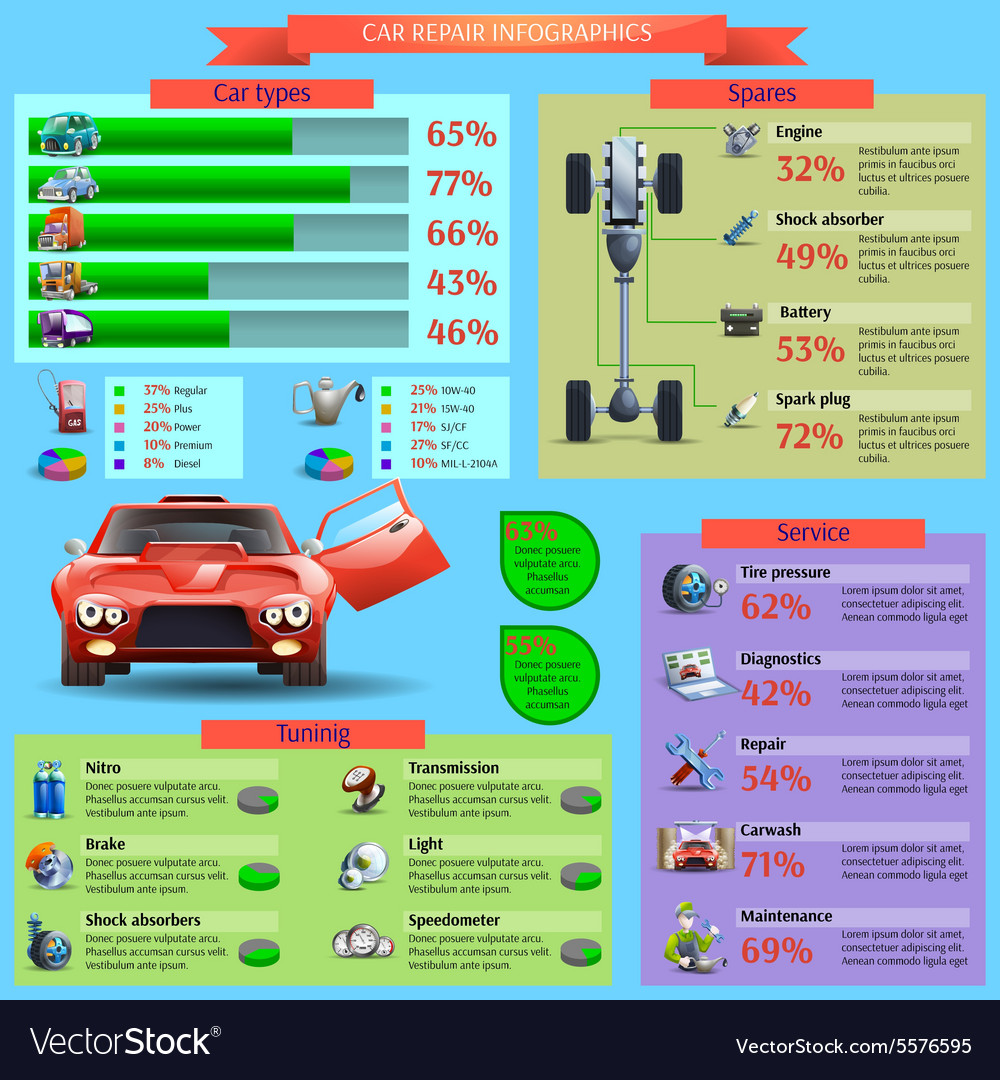Decoding Your Vehicle'S Caution Indicators: What They Genuinely Indicate
Decoding Your Vehicle'S Caution Indicators: What They Genuinely Indicate
Blog Article
Article Created By-Lauritsen Torres
When you're behind the wheel, those radiant caution lights on your dashboard can be a bit perplexing. Do you understand what they're trying to inform you regarding your car's health? Recognizing the relevance of these lights is vital for your safety and the long life of your vehicle. So, the next time among those lights turns up, would not you wish to understand its message accurately and take the needed actions to address it?
Common Warning Lights and Interpretations
Identify typical warning lights in your auto and comprehend their definitions to guarantee risk-free driving.
The most regular caution lights consist of the check engine light, which signifies problems with the engine or exhausts system. If this light comes on, it's vital to have your vehicle examined promptly.
The oil pressure cautioning light indicates reduced oil pressure, needing instant interest to stop engine damages.
car cleaning interior flashing battery light could suggest a malfunctioning billing system, potentially leaving you stranded if not attended to.
The tire stress monitoring system (TPMS) light alerts you to reduced tire stress, impacting lorry security and fuel effectiveness. Disregarding this might lead to unsafe driving problems.
The abdominal light indicates an issue with the anti-lock braking system, endangering your capacity to quit rapidly in emergencies.
Finally, the coolant temperature level alerting light warns of engine overheating, which can lead to serious damage otherwise fixed swiftly.
Comprehending these typical warning lights will aid you resolve issues promptly and maintain safe driving conditions.
Significance of Prompt Focus
Understanding the common caution lights in your car is just the initial step; the value of without delay resolving these cautions can't be highlighted enough to guarantee your safety and security when driving.
When a caution light illuminates on your control panel, it's your cars and truck's method of interacting a possible issue that needs interest. Disregarding these cautions can bring about much more serious issues in the future, compromising your safety and possibly costing you more in repairs.
Trigger focus to alerting lights can avoid breakdowns and accidents. For example, a blinking check engine light might indicate a misfire that, if left ignored, might create damages to the catalytic converter. Addressing this promptly can conserve you from an expensive repair.
In a similar way, a brake system warning light may signify low brake fluid or used brake pads, important parts for your safety and security when driving.
DIY Troubleshooting Tips
If you observe a caution light on your dashboard, there are a couple of do it yourself fixing ideas you can attempt prior to looking for specialist assistance.
The initial step is to consult your car's handbook to recognize what the specific caution light shows. Often https://gulfbusiness.com/trends-that-will-shape-the-automotive-industry-in-2022/ can be as basic as a loose gas cap causing the check engine light. Tightening the gas cap might deal with the trouble.
An additional usual problem is a reduced battery, which can trigger various advising lights. Inspecting the battery links for deterioration and guaranteeing they're safe and secure might fix the problem.
If a caution light continues, you can attempt resetting it by detaching the vehicle's battery for a few minutes and afterwards reconnecting it. Additionally, inspecting your automobile's liquid degrees, such as oil, coolant, and brake liquid, can assist fix advising lights related to these systems.
Conclusion
Finally, recognizing your car's caution lights is important for keeping your lorry running efficiently and securely. By quickly resolving these alerts and understanding what they mean, you can prevent expensive fixings and possible malfunctions.
Remember to consult your car's manual for particular details on each cautioning light and act as necessary to make sure a trouble-free driving experience.
Keep informed, remain secure when traveling!
